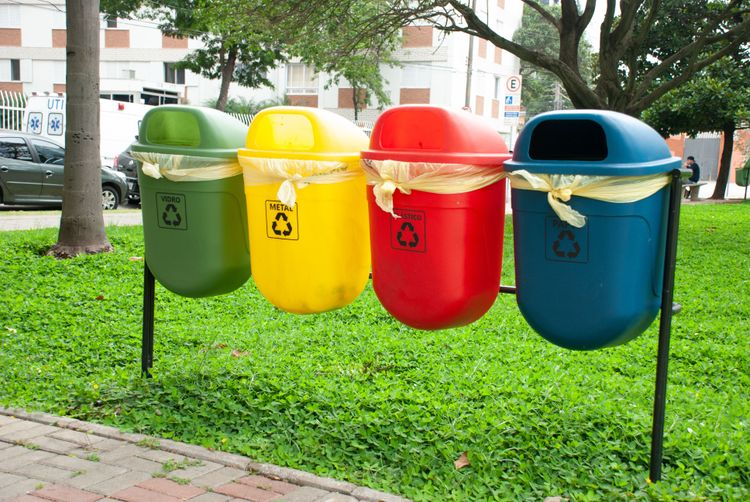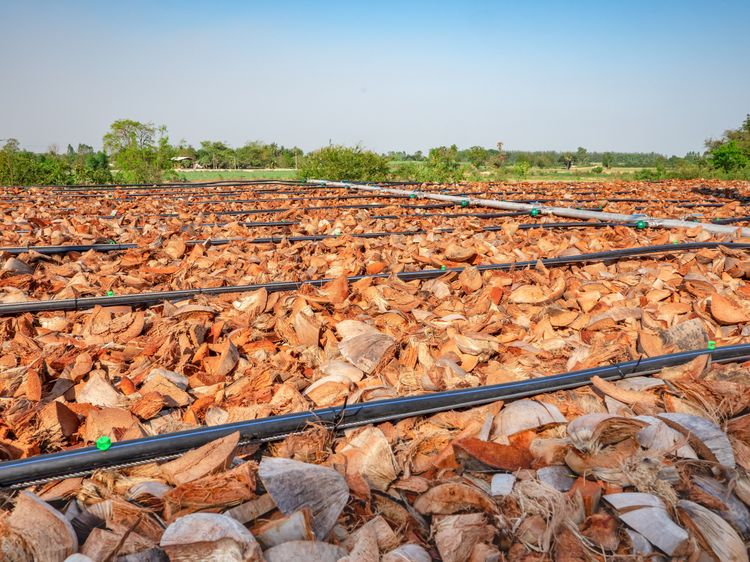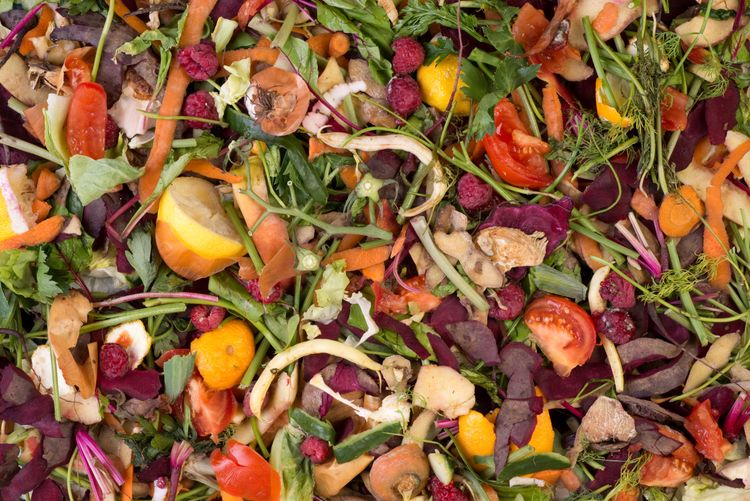Methane in the waste sector can be reduced through solutions such as preventing waste, composting food and yard waste and recycling paper and cardboard, capturing landfill gas, using anaerobic digesters to generate biogas and biofertilizer, and deploying biofilters and covers in landfills.
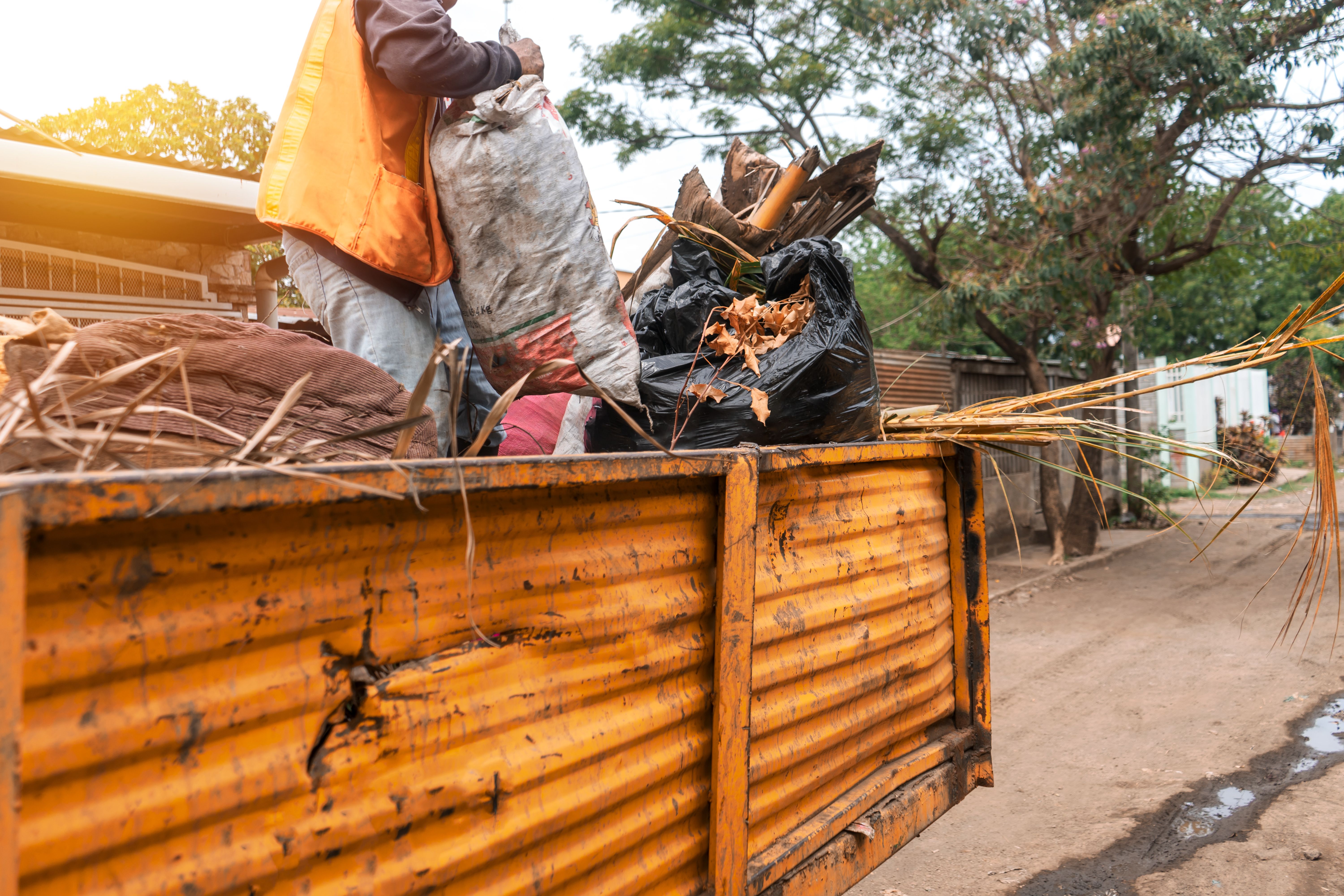
Major emissions sources
Waste is the second largest source of methane emissions. As food, yard trimmings, human excrement, and other organic matter in solid waste and wastewater decomposes, it releases methane.
Soon after organic waste is first thrown into landfills, conditions inside waste piles are ripe for methane-generating bacteria to begin to break down the waste. This happens in a process called anaerobic decomposition—decomposition in the absence of oxygen.
Wastewater, whether gathered through a system of canals and pipes or diverted into water streams, generates methane as the organic matter within it decomposes. The two main sources of emissions during wastewater treatment are generated during the treatment of the liquid component and from the disposal or treatment of the resulting sludge.

Solutions
Methane in the waste sector can be reduced through well-known, affordable—and, in some cases, profitable—solutions already in use worldwide. Key solutions range from preventing waste, to composting food and yard waste and recycling paper and cardboard, to capturing landfill gas, using anaerobic digesters to generate biogas and biofertilizer, and deploying biofilters and covers in landfills.
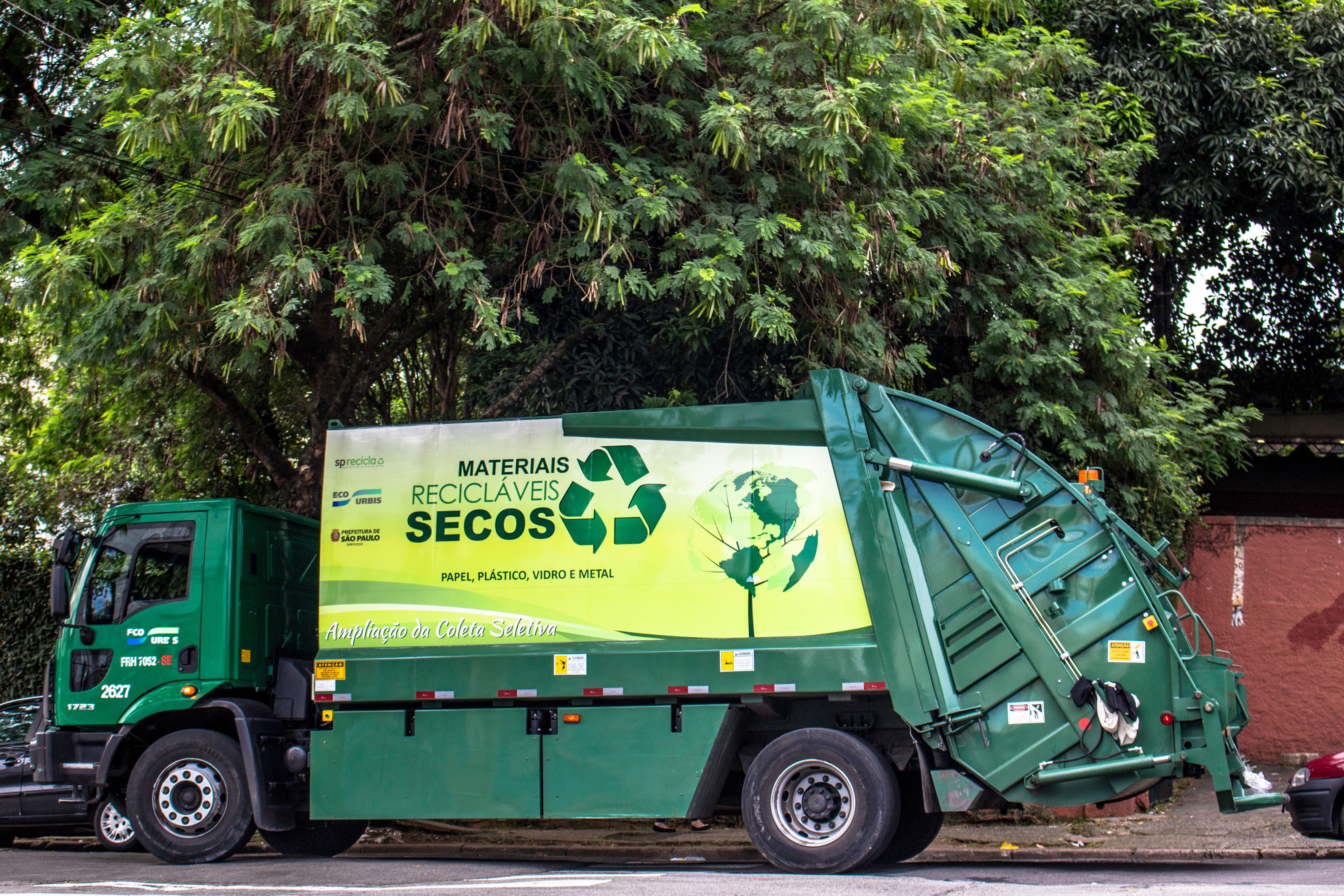
Dealing with emissions from waste doesn’t have to be expensive. Emission reduction solutions can be implemented with a variety of approaches that differ in technical complexity and cost. Waste can be composted in simple composting sheds or large high-tech composting plants. Similarly, large cities might find it more beneficial—and profitable—to build large digesters that generate a higher volume of biogas and fertilizers. Biofilters and biocovers can be deployed in places that are too small for or cannot afford landfill gas capture systems.
These solutions also have economic and health benefits. Composting, landfill gas capture, anaerobic digestion, biofilters, and biocovers reduce air pollution. Compost can be sold or used in community gardens. Landfill gas can be used as a renewable source of electricity. Biogas produced by biodigesters can fuel trucks. Reducing food waste can help people save money and redirect food that might otherwise be wasted to homeless shelters and food banks.
